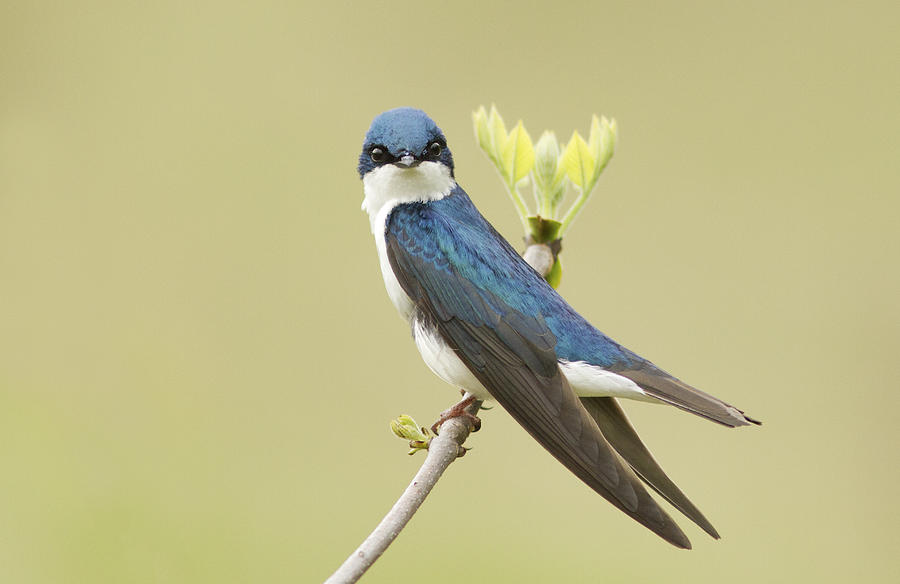Spiritual Practicing: Towards Springtide
This post is the first of two as a new season, and hence a new way of seeing life, approaches — for Christians the season of Lent (which means “springtide” in Latin). Lent is associated with penitential practices, but it is mainly a season concerned with shedding worn-out coping mechanisms and defensive strategies, “dying” to the old in order to make room for the new.
Part I: Flights of Fancy
What is to be more greatly valued: the object that startles us into suspending our ordinary mental frame? Or developing the eyes with which to see wonder in everything?
This is one of the great spiritual questions.
The answer may seem obvious. But because even our most diligent spiritual practices become static over time, I don’t think it is.
Honing the eye that sees freshness and hope in our days is part of the great and ongoing work of the spiritual life, to be sure. In these times of wanton darkness in the public arena, sustaining our sightlines to the things of value is more important than ever.
But it is easy to start to believe that we know where to look. When this happens, we start to choose where NOT look as well.
The great German mystic, Meister Eckhart, warned of this tendency repeatedly in his sermons and writing. Once we think we “know” God, he writes, we have fallen into error. Once we confine “spirit” in a building (a church, synagogue, meditation corner), or to the time of prayer itself, we have merely created our own mental construct. Buildings wall “out” as well as “in.”
Grace and the glancings of the spirit, is always wilder than any categorizations or containments we construct.
The coming of spring brings to mind my own lesson in this wisdom. This morning, I pulled out my field glasses. And with them, I share a story of unexpected wonder, and joy in a dark time.
Several years ago, I enrolled in a morning bird-watching walk at the large park near my home. I arrived (very early) at the gates to find an astoundingly large group gathered by the visitor’s center. A number of them carried impressive field glasses and cameras, and came with obvious familiarity with the garden-variety species that they began to tick off for one another, seen in the air above our heads: orioles, yellow warblers, tufted titmouses.
I’d brought the post-war binoculars we had hanging around the house, clunky and outdated, but serviceable.
I was nearly paralyzed by the variety of bird species being identified by our guide and the more expert members of the group. Until that morning, birds (except for the primer models: cardinals, robins, sparrows) had been specks of movement on the periphery of my awareness, sweetly singing or perching bits of animation; little more.
Now, I couldn’t see quickly enough, couldn’t seem to catch the flitting spots of bright color in my glasses. My heart racing with excitement, I was in sensory overload.
There was an oriole, here a red-tailed hawk; in the boxes by the pond, staggeringly beautiful tree swallows, flashing their neon blue bodies over the realm occupied by the stately blue heron.
As the morning went on, I began to discover the language of seeing birds. Slowly, but surely. It took patience, and great care. I could see from the faces of my cohorts, it was a work of devotion. It required, too, a stillness and focus that I was not well practiced at in the out of doors. To watch for orioles or pine warblers, to listen for a single song amidst the riot of overlapping calls, requires the upmost inner stillness. I learned how to see a tree as a compass needle, and the birds in the uppermost branches, as locations on a theoretical dial.
“There he is, at 1 o’clock,” our instructor would whisper, and all glasses were swerve in that direction — mine usually last among them, clumsy but eager.
Marvels, all of them, hidden in plain sight. I had walked in the park every day for 15 years, but I had never learned to see!
This was prayer of a new kind, deeper and more abundant than my years of merely passing through. I went home and put our Tory Peterson bird book in a more prominent spot. For my next birthday, my husband gave me a new pair of birding glasses.
This story wouldn’t be complete, however, without telling you about the days and weeks that followed. Or the lesson that I learned, having been bumped on the head by the the invisible flight of a Cedar Waxwing.
Until that morning in the park, I’d thought my life was more or less satisfactory. I had lots to do, people to talk to, books to read, and classes to teach. Life was full. No one would have looked at me and felt that anything was lacking – even, I believed, in my spiritual life.
What I learned from the birds was that my life lacked color. Also, song, joy, and pure serendipity. It lacked occasions in which I made room for those unexpected wonders – beauty, surprise – and from unexpected sources.
Was it possible that my sincerest efforts to lead a purposeful life had walled me off from a joyful one?
It is a common pitfall. And in our white-knuckle times, when we tend to strap ourselves into our agendas each day, adjust our helmets, and turn ourselves on to “high” (activity, pace, volume, earnings), we substitute our velocity and adrenaline for the joy of wonder.
I was lucky to see one of my weakness in such a gentle and lovely “calling out” as the birds offered.
I still work at this. It’s easier to tick off my to-do list. But countercultural though it is, one of my daily practices now is to leave my books and my work and head for the park, my field glasses at the ready, to point at whatever calls to me from the high boughs.
Stay tuned for Part II: Homing





Nancy Rappaport
February 4, 2018at1:25 pmI love this . I have in the last two years come to appreciate those things of feathers . And on a grey day like today it is a reminder to surrender to the stillness to see what comes .
kathleen.hirsch
February 4, 2018at1:39 pmDear Nancy, yes, surrender — so hard…thank you for your post.
Sue O'Reilly
February 4, 2018at8:23 amIf Advent was a time of waxing, I was determined that this Lent would be a time a waning…surrender, less, letting go, whatever may be, and even as Mary Oliver said: “the ordinary, the common, the very drab.” But one of my friends said: “No, no; paradoxically, it must also be a time of feasting!” Now, with your post, two people have told me that.
kathleen.hirsch
February 4, 2018at11:15 amThanks, Sue ! What a lovely way to put this!